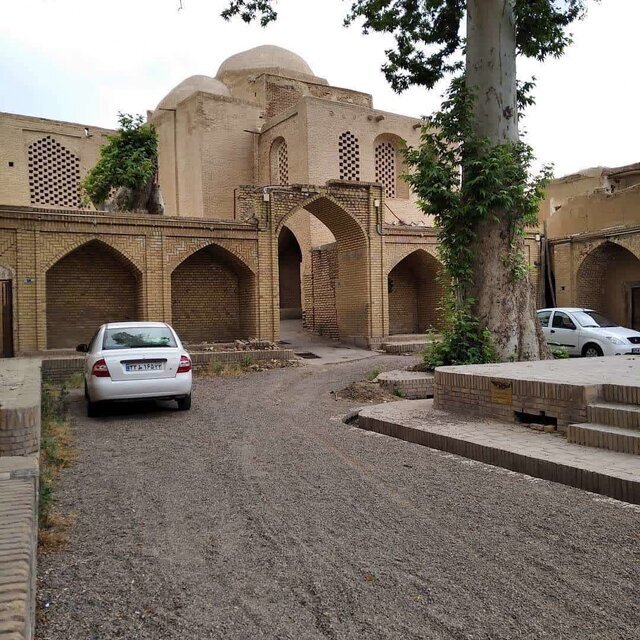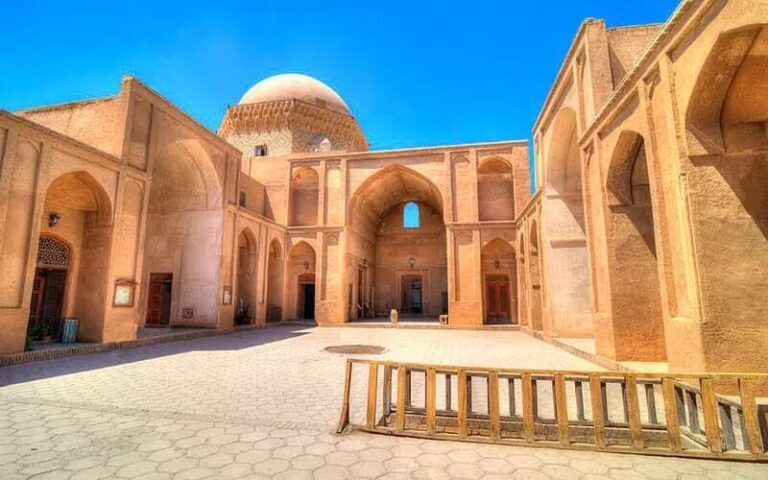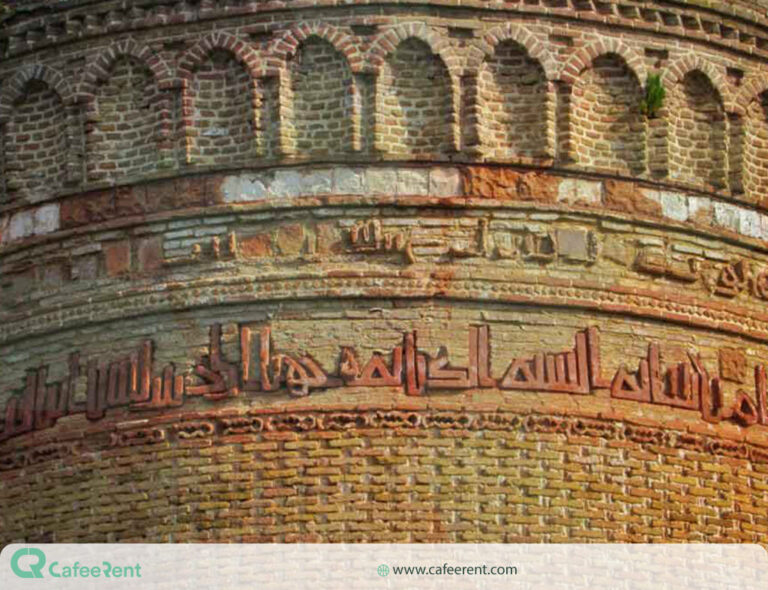
Similar Posts

Jiroft: A Living Symbol of Identity, History, and Civilization, Says Tourism Minister
Iran’s Jiroft, a key site of ancient civilization, is gaining attention from cultural leaders. Minister of Cultural Heritage Seyyed Reza Salehi-Amiri recently emphasized the need to promote its global significance. He highlighted the Konar Sandal archaeological site as a cornerstone of Iran’s cultural identity and announced the International Conference on Jiroft Civilization in 2025 to enhance its historical recognition. Salehi-Amiri also addressed the repatriation of looted artifacts and the establishment of a dedicated museum. He stressed Jiroft’s tourism potential as a significant economic driver, advocating for further archaeological research to uncover its hidden treasures and enhance Iran’s heritage narrative.

Discover Sereshk: The Historic Gem of Natanz’s Garden City
Sereshk, a historic district in Natanz, Isfahan province, showcases Iran’s rich cultural heritage and architectural marvels. Easily accessible from the Tehran-Isfahan freeway, it features the Sereshk Jame’ Mosque, a Seljuk-era gem known for its stunning brick architecture and significant historical value. The district also includes the Sereshk Hosseinieh, a Safavid-era gathering place for Shia Muslims, famed for its Tazieh performances and tranquil courtyard. Additionally, the area boasts the old Qajar-era mill and is recognized for its abundant water resources, making it the greenest neighborhood in Natanz. Sereshk offers visitors a unique glimpse into Iran’s vibrant traditions and history.

Unveiling the Secrets of ‘Alexander’s Prison’: Explore the Legendary Dungeon!
Zendan-e Iskandar, or “Alexander’s Prison,” is a historic 15th-century domed structure in Yazd, Iran, linked to local legends about Alexander the Great. Located in the Fahadan neighborhood near the Davazdeh Imam Shrine, this site features an impressive 18-meter-high dome, adorned with floriated Kufic inscriptions. Originally part of the Madarasa Ziaiyya, a religious school established in the 13th century, Zendan-e Iskandar has undergone restoration by Iran’s National Heritage Organization, becoming a popular tourist attraction. Yazd, designated a UNESCO World Heritage site in 2017, showcases a rich cultural blend of Islam, Judaism, and Zoroastrianism amid its architectural wonders.

Chahar Bagh Cultural Night: A Vibrant Celebration of Isfahan’s Champs-Élysées
Isfahan’s Chahar Bagh Boulevard recently hosted “Shab-e Chahar Bagh,” celebrating its cultural significance as the city’s iconic avenue. Attendees, including architects and authors, discussed its historical transformations. Architect Morteza Bekhradi expressed sorrow over the boulevard’s decline, reminiscing about its vibrant teahouses. Author Mehrdad Khorsandi highlighted Chahar Bagh’s role in Iran’s water management history, urging storytelling about its past. Ali Khodai reflected on its rich social life, describing it as a microcosm of Isfahan. The event featured a documentary, emphasizing Chahar Bagh’s importance to the city’s identity and the need to balance modern development with heritage preservation.
Japan’s Ambassador Explores UNESCO Heritage: A Visit to the Iconic Dome of Soltanieh
Japanese ambassador to Iran, Tamaki Tsukada, recently visited the UNESCO World Heritage site, the Dome of Soltanieh, in Zanjan province. Recognized for being one of the largest brick domes globally, the site exemplifies Iran’s cultural heritage and architectural excellence. Tourism chief Dariush Naderi highlighted the ambassador’s admiration for the monument, which could boost international tourism to Zanjan. Tsukada expressed hope for increased tourist interest in Iran’s historical treasures. The Dome, a mausoleum of Ilkhanid ruler Oljaitu, is significant for its innovative architecture and rich history, marking a key transition in Islamic architectural development.
